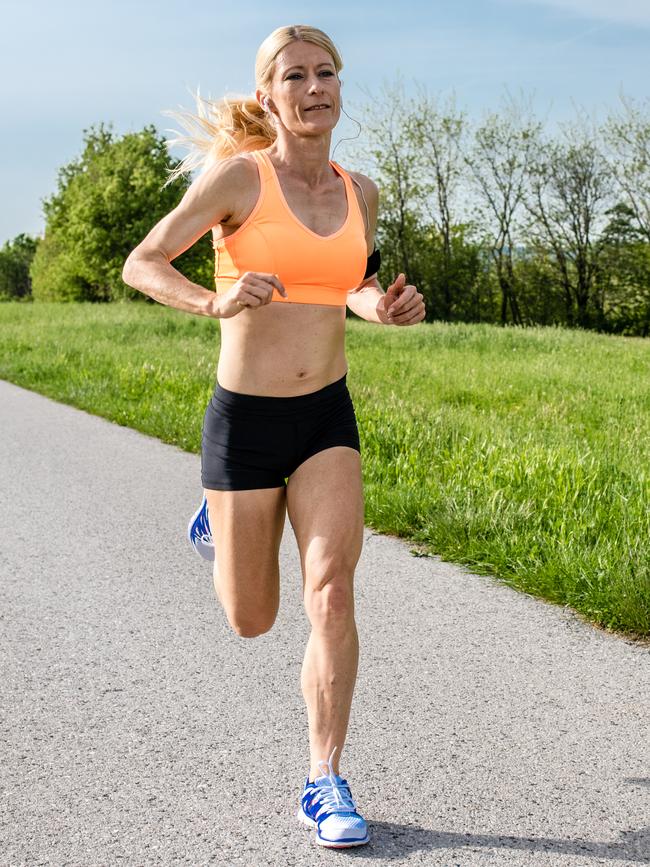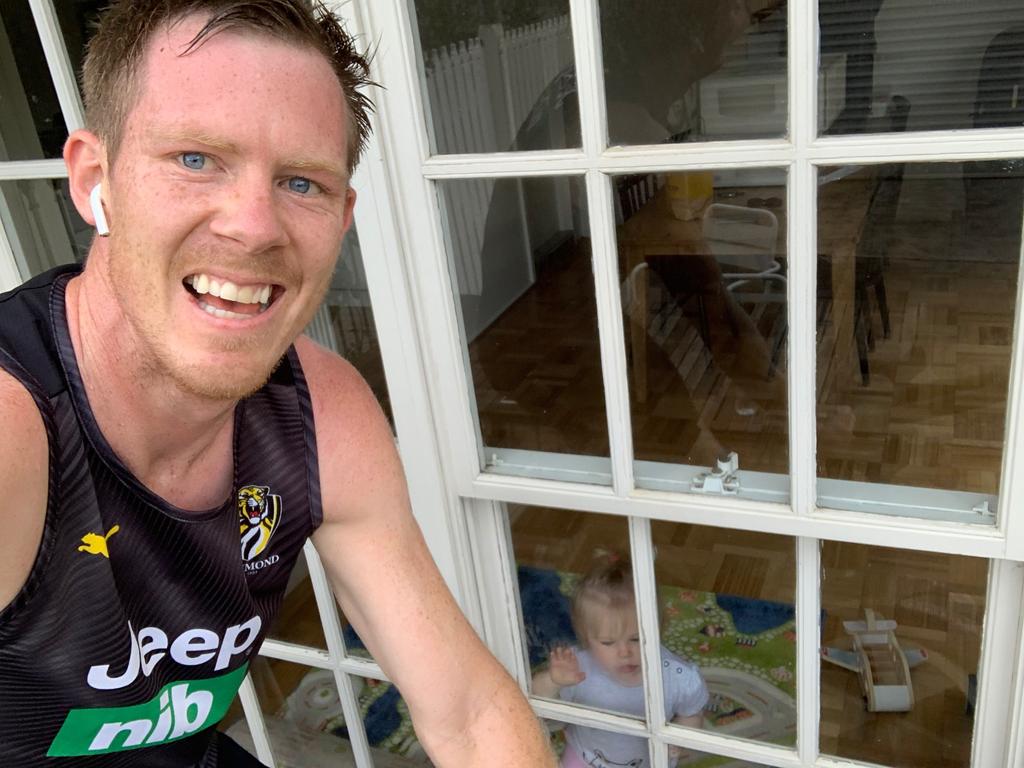Coronavirus: How to avoid injury from exercise in isolation
Warm up, build up and get some new shoes, says Team GB physio Greg Retter

We are a planet reborn. Banned from our hobbies of propping up the bar and watching other people run around after a ball, we have thrown ourselves into YouTube workout videos, government-sanctioned daily runs, and virtual classes from the gyms we never normally bothered attending.
Good news for the fight against COVID-19, but bad news for your legs/back/knees if this is the first time you have elevated your pulse since the turn of the millennium.
“There are risks of creating musculoskeletal injuries if you suddenly take up running or high-intensity exercise,” says Greg Retter, a physiotherapist who, as head of performance services for Team GB, works with Britain’s elite athletes.

“It’s wise to take a graduated approach, rather than going flat out from day one.”
Retter says the best thing to do is try different types of exercise, changing what you do each day.
“Run on alternate days; don’t run every day. On other days, do something like circuit training. The key thing is to mix it up a bit so you’re not overdoing it in any one area, going flat-out running every day and wondering why, after 10 days, you end up with sore shins.”
If you’ve never run before, now might not be the time to start, he says.
“You may want to look at interval or circuit-based training.”
This spreads the impact load across more parts of the body than running, which can place stress on joints. “Some people are just not designed to run.”
If you ran a marathon in the 1990s and want to get back into your stride, you can, but don’t use the same trainers you had then.
“They need to support your arch and give you a good foot position.”
Home yoga or pilates is reasonably safe but Retter advises listening to your body: “I would always recommend people do things in moderation and, if they feel that their body is in pain while they’re trying to move into those positions, I would probably back off a little bit.”
No matter how fit you were before the lockdown, the chances are your back is feeling the strain from hours of sitting on substandard “home office” furniture.
Retter recommends raising your laptop and using a separate keyboard and mouse. Use cushions to adjust your height in your chosen chair, and place a rolled-up towel at the base of your back for support. Get up once an hour to stretch or make a cup of tea.
Some people, however, will just be feeling the grumbles of reawakening muscles. The morning-after pain is called “delayed onset muscle soreness”.
“It just means your muscles have been worked in a way they haven’t experienced for a while. Continuing to do some exercise in that stage is fine,” says Retter.
Reassuringly, DIY ice baths are, says Retter, of little use. Hot baths and stretching will help, as will a decent warm-up: “Get your heart rate up — it helps to pump warm blood into your muscles so they are primed for whatever you’re about to challenge them with.”
And, if you’ve really overdone it, don’t diagnose yourself via Google.
The Times







To join the conversation, please log in. Don't have an account? Register
Join the conversation, you are commenting as Logout